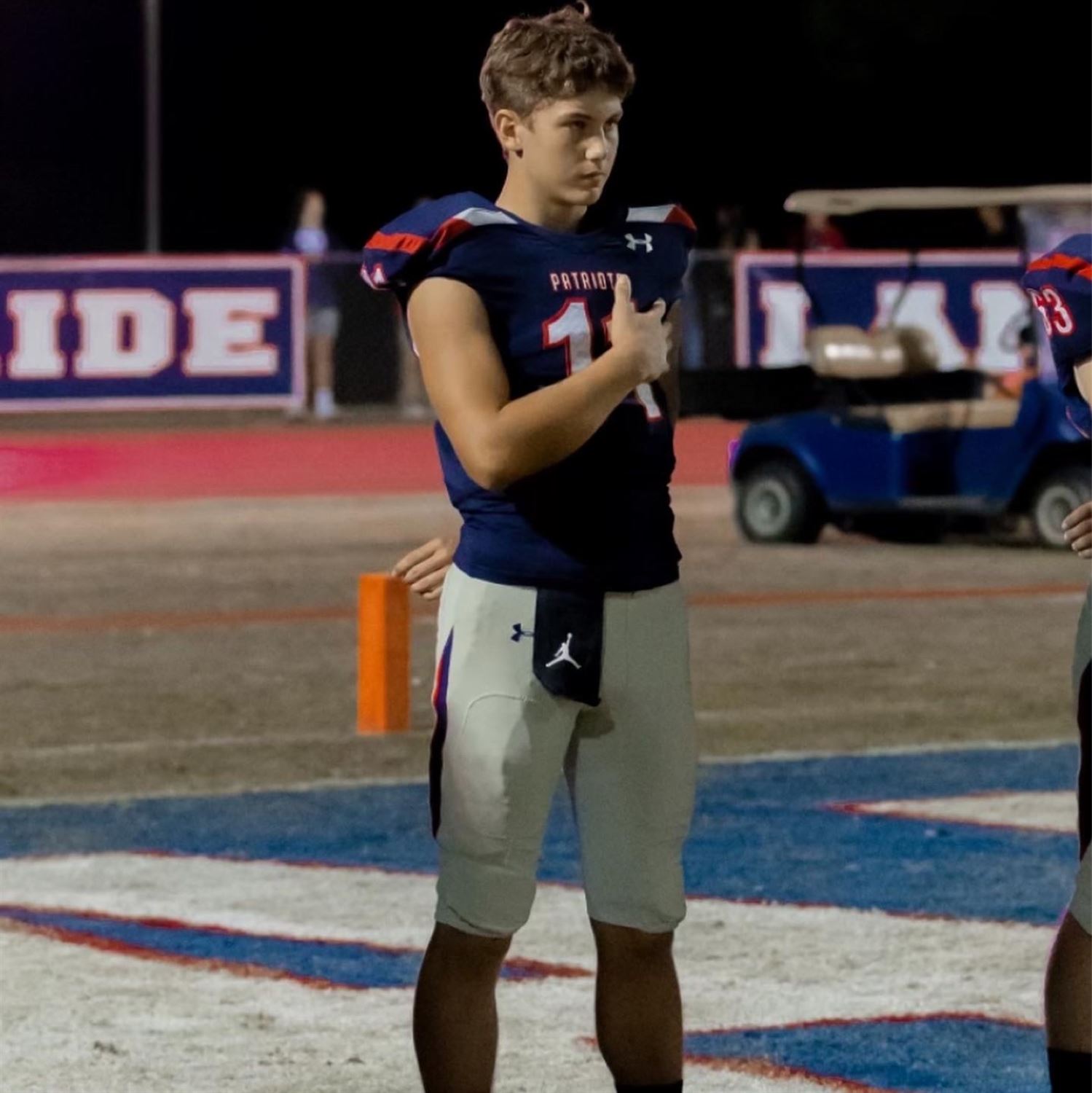Baseball is one of the most popular collegiate sports in the United States, and college baseball stats play a crucial role in assessing player performance and team success. Whether you are a player, coach, or simply a fan, understanding and analyzing these stats can greatly enhance your appreciation of the game. In this article, we will delve into the key statistics used in college baseball and learn how to interpret them.
1. Batting Average (AVG)
Batting Average measures a player’s hitting ability and is calculated by dividing the total number of hits (H) by the total number of at-bats (AB). It is represented as a decimal up to three decimal places or as a percentage. A higher batting average indicates better hitting skills.
2. On-Base Percentage (OBP)
On-Base Percentage shows a player’s ability to get on base and is calculated by dividing the sum of hits, walks, and hit-by-pitches by the sum of at-bats, walks, hit-by-pitches, and sacrifices. A higher on-base percentage indicates better plate discipline and ability to reach base.

Credit: www.fourpointzerosports.org
3. Runs Batted In (RBI)
Runs Batted In represents the number of runs a player has driven in through hitting, sacrifice flies, or sacrifices. It is an important indicator of a player’s ability to contribute offensively and help their team cross home plate.
4. Earned Run Average (ERA)
Earned Run Average is a crucial pitching statistic that measures the average number of earned runs allowed by a pitcher per nine innings pitched. It is calculated by multiplying the total earned runs by nine and dividing it by the total number of innings pitched. A lower ERA signifies better pitching performance.

Credit: fanarch.com
5. Stolen Bases
Stolen Bases represent the number of successful base thefts by a player. This stat reflects a player’s speed and ability to read the opposing team’s movements. A higher number of stolen bases indicates a player’s skill in advancing base to a scoring position.
6. Home Runs
Home Runs measure the number of times a batter hits a ball over the outfield fence, resulting in an automatic run. College baseball has some remarkable home run leaders, and this stat showcases a player’s power-hitting ability.
7. Weighted On-Base Average (wOBA)
Weighted On-Base Average takes into account the overall value of each plate appearance and is calculated using various factors such as walks, hit-batsmen, total bases, and on-base percentage. It is a comprehensive stat that measures a player’s total offensive contribution.
8. Weighted Runs Created Plus (wRC+)
Weighted Runs Created Plus evaluates a player’s overall offensive performance relative to the league average. It considers several factors such as park factors, league-run environments, and individual performance. A wRC+ score of 100 is considered average, while anything above 100 indicates an above-average offensive contribution.
9. Strikeouts
Strikeouts signify the number of times a batter is called out on strikes. While it is not desirable for batters, it is an important metric for evaluating pitchers’ effectiveness. Low strikeouts indicate better contact or swing-and-miss ability.
10. College Baseball Stats Resources
Now that we have explored the key statistics in college baseball, it’s essential to know where to find reliable and up-to-date stats. Here are some valuable resources:
- NCAA College Baseball DI Stats
- WarrenNolan.com
- The Baseball Cube
- SportsBettingDime.com – Learn How to Read Baseball Stats
By utilizing these resources, you can stay updated with the current leaders in various statistical categories and analyze player performance throughout the college baseball season.
Frequently Asked Questions Of College Baseball Stats: Unveiling The Hidden Gems
Who Has The Lowest Era In College Baseball?
The player with the lowest ERA in college baseball is currently unknown. There is no information available for this statistic.
Who Leads Home Runs In College Baseball?
The current leader in home runs in college baseball is Nolan Schanuel, followed by Brock Wilken, Dylan Crews, Chase Dollander, Hurston Waldrep, and Rhett Lowder.
Conclusion
College baseball stats provide valuable insights into player performance and team success. From batting average and on-base percentage to earned run average and home runs, understanding and interpreting these statistics can help fans appreciate the game on a deeper level. By utilizing reliable resources, you can stay informed about the latest statistics and make more informed assessments of player and team abilities.



